Select an Orthopaedic Specialty and Learn More
Use our specialty filter and search function to find information about specific orthopaedic conditions, treatments, anatomy, and more, quickly and easily.
GET THE HURT! APP FOR FREE INJURY ADVICE IN MINUTES
Shoreline Orthopaedics and the HURT! app have partnered to give you virtual access to a network of orthopaedic specialists, ready to offer guidance for injuries and ongoing bone or joint problems, 24/7/365.
Browse Specialties
-
- Minimally Invasive Surgery (Arthroscopy)
Arthroscopy (Minimally Invasive Surgery)
Arthroscopy is a minimally invasive surgical procedure used by orthopaedic surgeons to visualize, diagnose, and treat problems inside the joint. Because it requires only tiny incisions, arthroscopy can be performed without a major, invasive operation and many procedures can be done on an outpatient basis.
More Info -
- Pediatric Injuries
- Sports Medicine
High School Sports Injuries
Teenage athletes are injured at approximately the same rate as professional athletes, but because they are often still growing, it is extremely important seek proper treatment immediately. A child’s bones grow at a different rate of speed from that of muscles and tendons. This uneven growth pattern makes younger athletes more susceptible to muscle and tendon injuries, and growth plate fractures.
More Info -
- Fractures, Sprains & Strains
- Ligament Disorders
- Muscle Disorders
- Neck and Back (Spine)
Low Back Pain
The most common causes of lower back pain are strains and sprains to the muscles, tendons or ligaments of the low back, ranging from simple overstretching injuries to partial or complete tears. the muscles surrounding the injured area typically become inflamed, causing back spasms that result in severe lower back pain and difficulty moving.
More Info -
- Joint Disorders
- Knee
- Sports Medicine
Meniscal Tears
Meniscal tears are among the most common knee injuries. When tearing a meniscus, you may hear a “popping” noise. Most people can still walk on the injured knee, and athletes often continue to play immediately following a tear. However, without proper treatment, a piece of meniscus may come loose and drift into the joint, worsening symptoms.
More Info -
- Pediatric Injuries
- Sports Medicine
Overuse Injuries in Children
Although the benefits of athletic activity are significant, young athletes are at greater risk for injury than adults because they are still growing. Some children play on multiple team sat the same time while others participate in one sport, all year long. Repetitive use of the same muscle groups places unchanging stress to specific areas of the body, leading to muscle imbalances that, when combined with overtraining and inadequate rest periods, can put children at serious risk for overuse injuries.
More Info -
- Physical Medicine & Rehabilitation (PM&R)
PM&R or Physiatry Overview
Physical medicine and rehabilitation (PM&R), or physiatry, is one of 24 medical specialties certified by the American Board of Medical Specialties. This branch of medicine emphasizes the prevention, diagnosis and nonsurgical treatment of disorders related to nerves, muscles and bones that affect movement.
More Info -
- Joint Disorders
- Shoulder
- Sports Medicine
Shoulder Dislocation
A dislocated shoulder occurs when the head of the upper arm bone (humerous) is either partially or completely out of its socket (glenoid). Whether it is a partial dislocation (subluxation) or the shoulder is completely dislocated, the result can be pain and unsteadiness in the shoulder.
More Info -
- Joint Disorders
- Physical Medicine & Rehabilitation (PM&R)
- Shoulder
- Sports Medicine
Shoulder Impingement
Rotator cuff pain commonly causes tenderness in the front and side of the shoulder. There may be pain and stiffness when lifting the arm, or when lowering the arm from an elevated position.
More Info -
- Hip
- Joint Disorders
- Joint Replacement & Revision
Total Hip Replacement (Hip Arthroplasty)
In a total hip replacement, or total hip arthroplasty, the damaged bone and cartilage is removed and replaced with prosthetic components. Many different types of designs and materials are currently used in artificial hip joints. Your surgeon will recommend the most appropriate implants and surgical approach for your needs.
More Info

